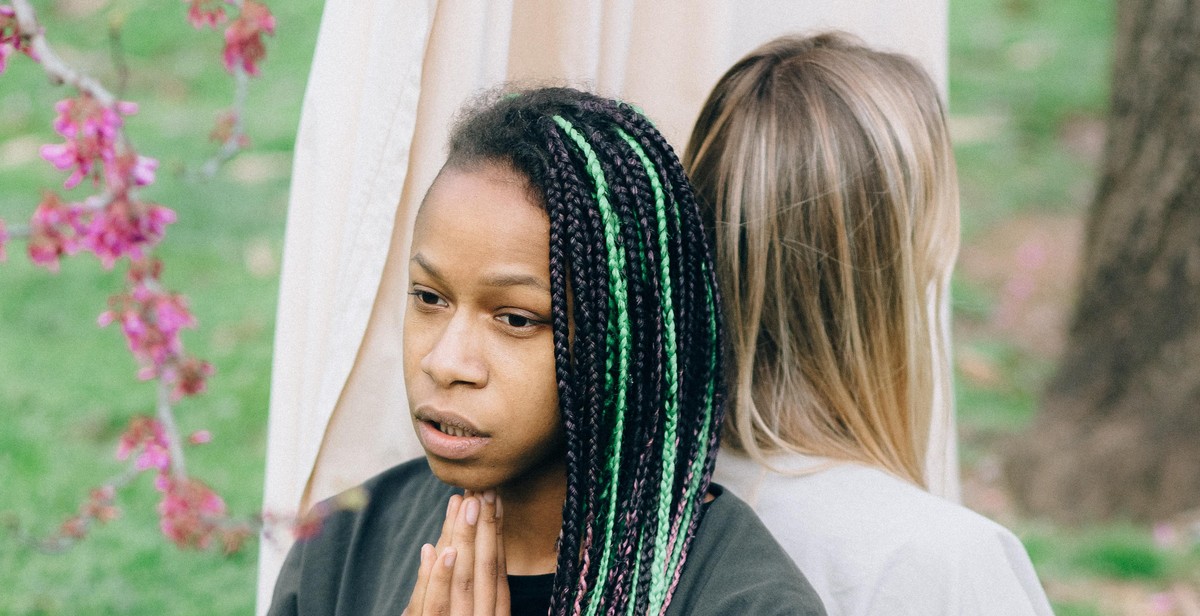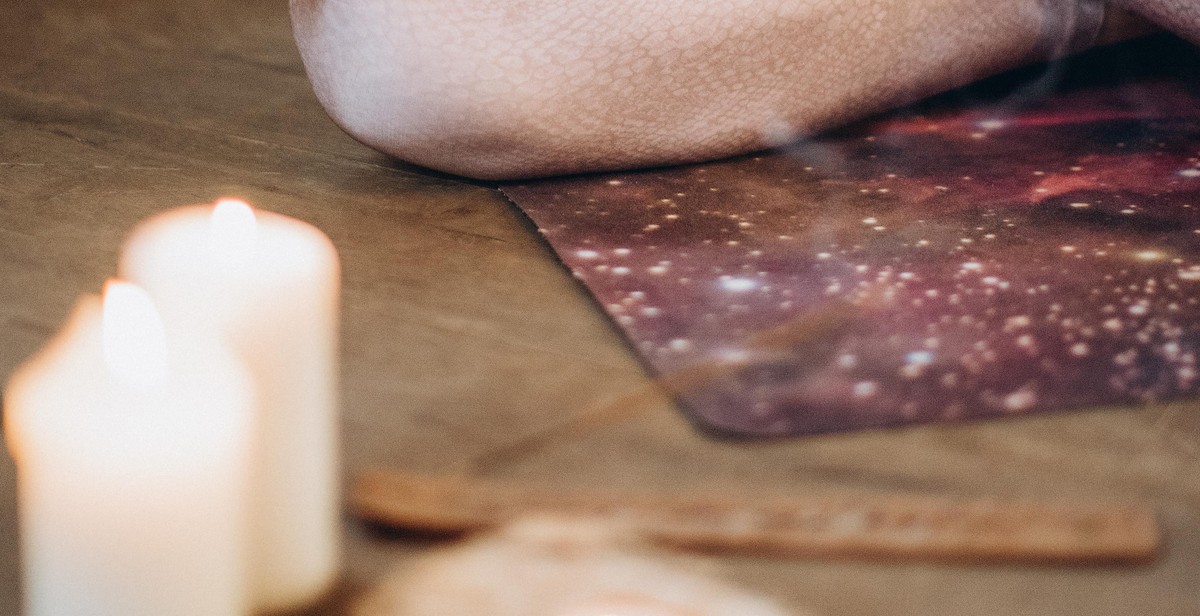How to Start a Yoga Practice: Beginner’s Guide to Poses and Breathing
Yoga is an ancient practice that has gained immense popularity in recent times due to its numerous physical and mental health benefits. If you’re a beginner and want to start a yoga practice, this guide will help you get started with the basic poses and breathing techniques.
Why Start a Yoga Practice?
Yoga is not just a physical exercise but a holistic approach to wellness that helps to harmonize the mind, body, and spirit. It is an excellent way to reduce stress, anxiety, and depression while improving flexibility, strength, balance, and overall fitness. Additionally, regular yoga practice has been known to improve sleep quality, boost immunity, and enhance mental clarity and focus.
Benefits of Yoga for Beginners
Yoga is a low-impact exercise that is suitable for people of all ages and fitness levels, making it an ideal choice for beginners. Some of the benefits of yoga for beginners include:
- Improved flexibility and range of motion
- Increased strength and endurance
- Better posture and alignment
- Reduced stress and anxiety
- Improved sleep quality
- Enhanced mental clarity and focus
With these benefits in mind, let’s dive into the basics of starting a yoga practice as a beginner.

Getting Started with Yoga
Starting a yoga practice can be a bit intimidating, especially if you’re new to the practice. However, with the right guidance and mindset, anyone can begin to enjoy the benefits of yoga. Here are some essential tips for getting started with yoga:
Choosing the Right Yoga Style
One of the first things to consider when starting a yoga practice is choosing the right style. There are many different styles of yoga, each with its own focus and benefits. Some of the most popular styles include:
- Hatha Yoga: A gentle style of yoga that focuses on basic poses and breathing techniques.
- Vinyasa Yoga: A more dynamic style of yoga that flows from one pose to the next, often with music.
- Ashtanga Yoga: A challenging style of yoga that follows a set sequence of poses.
- Bikram Yoga: A style of yoga that is practiced in a heated room, often with mirrors.
It’s important to do some research and try a few different styles to find the one that suits you best.
Finding a Good Yoga Teacher
Having a good yoga teacher is essential for beginners. A good teacher can help you understand the poses, provide modifications for injuries or limitations, and guide you through proper breathing techniques.
When looking for a yoga teacher, it’s important to find someone who is certified and experienced. You can ask for recommendations from friends or family members who practice yoga, or look for reviews online. Many yoga studios offer introductory packages, which can be a great way to try out different teachers and styles.
Essential Yoga Gear for Beginners
While you don’t need a lot of equipment to start practicing yoga, there are a few essentials that can make your practice more comfortable and enjoyable:
| Item | Description |
|---|---|
| Yoga mat | A non-slip mat that provides cushioning and support for your joints. |
| Yoga blocks | Foam or cork blocks that can be used to modify poses and provide support. |
| Yoga strap | A long, adjustable strap that can be used to deepen stretches and improve flexibility. |
| Comfortable clothing | Loose, breathable clothing that allows you to move freely and comfortably. |
With these essentials, you’ll be ready to start your yoga practice with confidence.

Basic Yoga Poses for Beginners
Yoga is a great way to increase flexibility, build strength, and calm the mind. If you’re new to yoga, it can be overwhelming to know where to start. Here are five basic yoga poses for beginners to help you get started:
Mountain Pose (Tadasana)
Mountain pose is a foundational pose in yoga that helps to improve posture and balance. To do mountain pose:
- Stand with your feet hip-width apart and your arms at your sides.
- Engage your thigh muscles and lift your kneecaps.
- Lengthen your tailbone towards the floor and lift the crown of your head towards the ceiling.
- Breathe deeply and hold for 5-10 breaths.
Downward-Facing Dog (Adho Mukha Svanasana)
Downward-facing dog is a great pose for stretching the hamstrings and calves, while also strengthening the arms and shoulders. To do downward-facing dog:
- Start on your hands and knees with your wrists directly under your shoulders and your knees directly under your hips.
- Lift your hips up and back, straightening your arms and legs to form an inverted V-shape.
- Press your hands and feet into the ground and lengthen your spine.
- Breathe deeply and hold for 5-10 breaths.
Tree Pose (Vrksasana)
Tree pose is a balancing pose that helps to improve focus and concentration. To do tree pose:
- Stand with your feet hip-width apart and your arms at your sides.
- Shift your weight onto your left foot and lift your right foot off the ground.
- Place the sole of your right foot on your left inner thigh or calf.
- Press your foot into your leg and bring your hands to your heart center.
- Breathe deeply and hold for 5-10 breaths before switching sides.
Warrior II (Virabhadrasana II)
Warrior II is a standing pose that helps to build strength in the legs and core. To do warrior II:
- Start in mountain pose and step your left foot back about 4 feet.
- Turn your left foot out 90 degrees and your right foot in slightly.
- Bend your right knee so that it is directly over your ankle.
- Extend your arms out to the sides and gaze over your right fingertips.
- Breathe deeply and hold for 5-10 breaths before switching sides.
Child’s Pose (Balasana)
Child’s pose is a resting pose that can be done at any time during your yoga practice. It helps to stretch the hips, thighs, and ankles while also calming the mind. To do child’s pose:
- Start on your hands and knees with your wrists directly under your shoulders and your knees directly under your hips.
- Lower your hips back towards your heels and extend your arms out in front of you.
- Rest your forehead on the ground and breathe deeply.
- Hold for as long as feels comfortable.

Breathing Techniques for Yoga
Yoga is not just about the physical postures, but also about the breath. Breathing techniques, or pranayama, are an essential part of any yoga practice. They can help calm the mind, reduce stress, and improve overall health. Here are three common breathing techniques to try:
Ujjayi Breathing
Ujjayi breathing is also known as “ocean breath” because of the sound it creates. It involves breathing in and out through the nose, while slightly constricting the back of the throat. This creates a gentle, soothing sound that can help calm the mind and deepen the breath.
- Sit comfortably with your spine straight.
- Inhale deeply through your nose, filling your lungs completely.
- Exhale through your nose while constricting the back of your throat, creating the “ocean” sound.
- Continue for several rounds of breath, focusing on the sound and the sensation of the breath.
Kapalbhati Breathing
Kapalbhati breathing is a more active breathing technique that involves forceful exhalations through the nose. It is said to help detoxify the body and energize the mind.
- Sit comfortably with your spine straight.
- Breathe in deeply through your nose.
- Exhale forcefully through your nose, pulling your belly button towards your spine.
- Relax your belly and allow the inhale to come naturally.
- Repeat for several rounds of breath, gradually increasing the speed of the exhalations.
Alternate Nostril Breathing (Nadi Shodhana)
Alternate nostril breathing is a balancing and calming breathing technique that involves breathing in and out through one nostril at a time.
| Steps: |
|---|
| Sit comfortably with your spine straight. |
| Use your right thumb to close your right nostril. |
| Breathe in deeply through your left nostril. |
| Use your right ring finger to close your left nostril. |
| Exhale through your right nostril. |
| Inhale through your right nostril. |
| Close your right nostril with your thumb. |
| Exhale through your left nostril. |
| Repeat for several rounds of breath, alternating nostrils with each inhale and exhale. |
These breathing techniques can be practiced on their own or incorporated into a yoga practice. They can help improve focus, relaxation, and overall well-being.

Tips for a Successful Yoga Practice
Starting a yoga practice can be daunting, but with the right mindset and approach, you can set yourself up for success. Here are some tips to help you get the most out of your practice:
Set Realistic Goals
When starting a new yoga practice, it’s important to set realistic goals. Don’t expect to be able to do advanced poses right away. Instead, focus on building a strong foundation by mastering the basics. Set small goals for yourself, such as holding a pose for a few extra breaths or improving your alignment. Celebrate your progress and don’t get discouraged if you don’t see results right away.
Be Consistent
Consistency is key when it comes to yoga. Try to practice regularly, even if it’s just for a few minutes a day. This will help you build strength, flexibility, and mindfulness over time. If you’re struggling to stay consistent, try setting a specific time each day for your practice or finding a yoga buddy to keep you accountable.
Listen to Your Body
Yoga is all about tuning in to your body and listening to its needs. If a pose doesn’t feel right, don’t force it. Instead, modify the pose or skip it altogether. Pay attention to any sensations or discomfort you’re experiencing and adjust your practice accordingly. Remember that yoga is a journey, and it’s important to honor and respect your body along the way.
Practice Mindfulness
Mindfulness is a key component of yoga. Try to stay present and focused during your practice, paying attention to your breath and the sensations in your body. This will help you cultivate a deeper sense of awareness and connection to yourself. You can also incorporate mindfulness into your daily life by practicing breathing exercises or taking a few moments to pause and check in with yourself throughout the day.
By following these tips, you can set yourself up for a successful and fulfilling yoga practice. Remember to be patient, stay consistent, listen to your body, and practice mindfulness. With time and dedication, you’ll be amazed at what you’re capable of.
